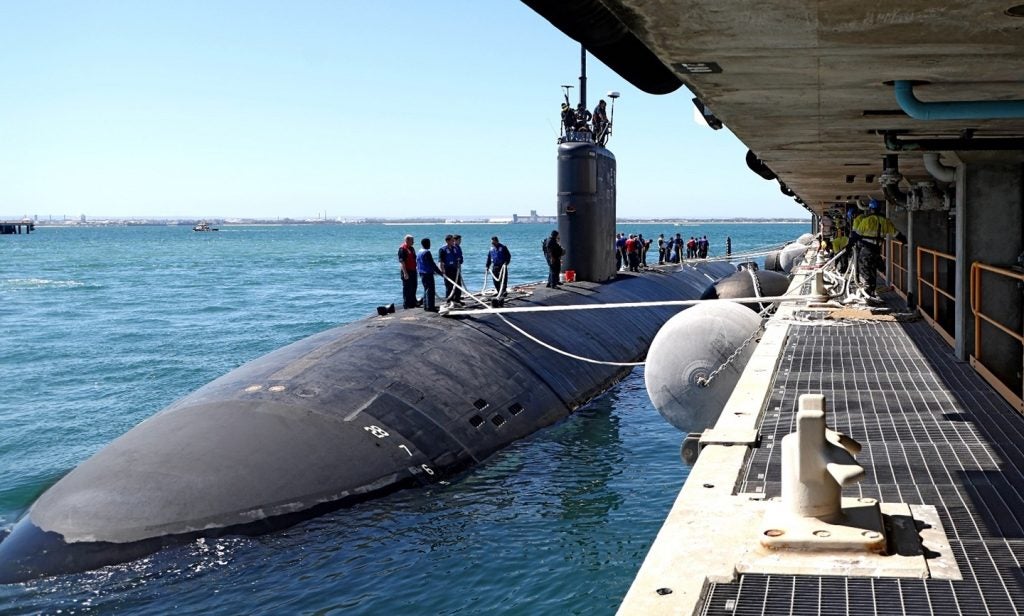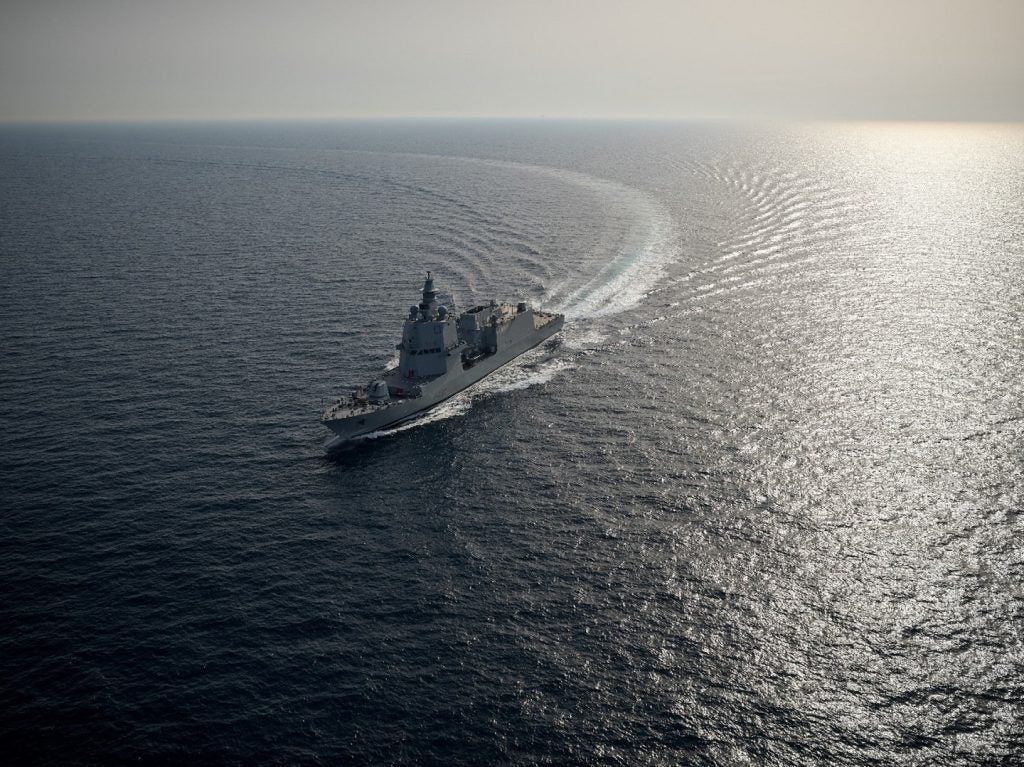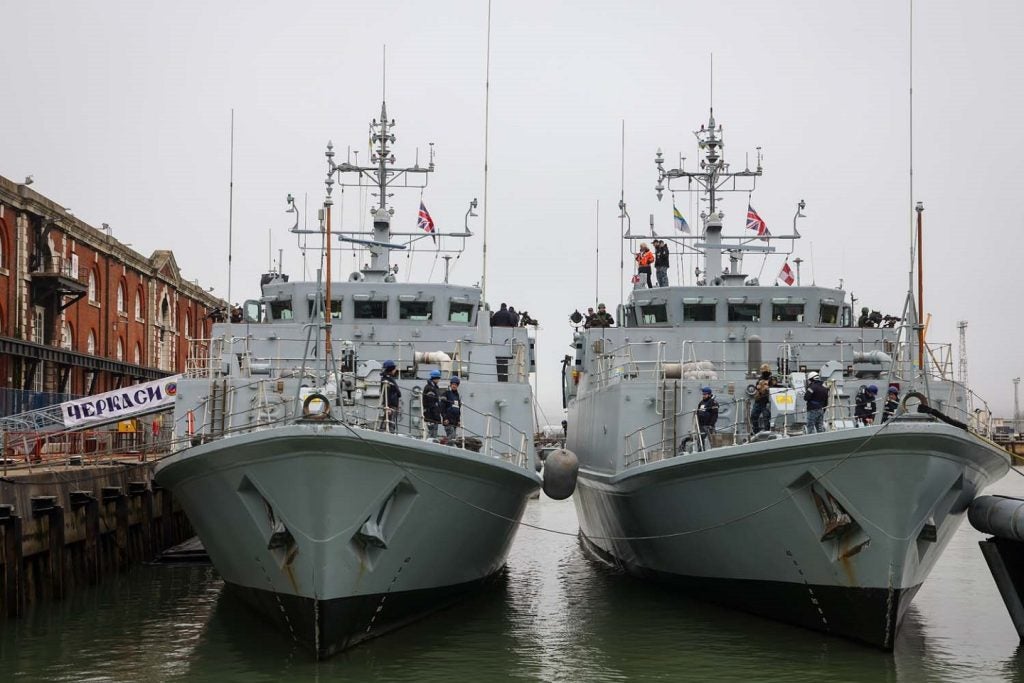

Maritime situational awareness in Syria
Syria’s Mediterranean coastline measures 183km along Latakia and Tartus provinces. Although not a party to the United Nations Convention on the Law of the Sea, Syria does indeed abide by the Convention’s zonal regulations, claiming a territorial sea of 12 nautical miles, contiguous zone with security jurisdiction of 24 nautical miles (which includes the territorial sea) and a 200 nautical mile Exclusive Economic Zone. The territorial sea has a total area of 3,866 km².
According the US Navy Judge Advocate General Corps, Syria still requires that foreign warships and atomic submarines obtain permission from Damascus before entering and transiting its territorial sea. The US, also a non-party to the Law of the Sea Convention, does not recognise the jurisdiction of Syria to this affect and protests these claims through regular operational assertions.
Last year, the Syrian Air Defense Force shot down a Turkish RF-4E, which, according to the Syrian military, "penetrated air space over [Syrian] territorial waters."
How well do you really know your competitors?
Access the most comprehensive Company Profiles on the market, powered by GlobalData. Save hours of research. Gain competitive edge.

Thank you!
Your download email will arrive shortly
Not ready to buy yet? Download a free sample
We are confident about the unique quality of our Company Profiles. However, we want you to make the most beneficial decision for your business, so we offer a free sample that you can download by submitting the below form
By GlobalDataNot only does this incident demonstrate that the country maintains sufficient surface-to-air capabilities to carry out such rapid reaction operations, but also serves as an example that Syria may not be so passive to naval or aviation encroachment on its territorial sea (12 nautical miles). It again elucidates that the nation deviates from international norms of scrambling fighters to intercept airspace probes, and instead skips directly to unleashing the metal.
See Also:
It is important to clarify, however, that this may not be a purely political stance, but a genuinely operational one. President Assad even commented on the situation to Turkish media outlet Cumhuriyet, saying: "In this environment, the coming of a plane like that is perceived as an enemy plane. Those who understand military understand these things. A country anywhere in the world would behave like this. This definitely isn’t a political decision."
Should this be the case, it illuminates the Syrian military’s responsive instinct of engaging with potential enemy targets entering its territorial sea or airspace without warning. Understanding this reaction, perhaps, is of vital magnitude in evaluating the initial response Syria may take to a ‘hypothetical’ engagement coming from the Mediterranean.
Syria’s naval hardware
Syria received most of its naval hardware from the Soviet Union and continues to be supplied by Russia. The latter provides maintenance and equipment upgrades, especially for Syria’s helicopter fleet in accordance with contracts pre-dating the recent crisis.
Frigates
The Syrian Navy operates two Soviet built Project 159 (Petya II Class) Escort Vessels. These vessels were refitted by Russia in 2000. They measure 81.8 metres and displace 950t. Powered by a single diesel 6000 hp engine and two 30,000 hp gas turbines, the Petya IIs are armed with four 76.2 mm guns, ten 16 inch torpedo tubes and two RBU-6000 rocket launchers.
Amphibious craft
The Syrian Navy has three Project 771 (Polnocny-B Class) vessels. Their current condition and operational use is unconfirmed, though reports indicate they have been recently used for alternative non-combat purposes including transportation and personnel accommodation. These vessels measure 73 metres, displace 834t and travel at around 18 knots.
Missile cruisers
The bulk of Syrian surface vessels are Soviet missile cruisers. In particular, Syria purchased sixteen Project 205 / "Osa" fast attack missile cruisers from the USSR. It is widely believed 12 are currently in service. These Osas measure 38.6 metres, displacement of 235 tonnes and have three 400 hp M-503G diesel engines, which allow them to maintain speeds at 38.5 knots. They have endurance of five days and a range of 800 nautical miles at 30 knots. Osas are armed with four P-15 Termit anti ship missiles (also known as SS-N 2 Styx), as well as two AK-230 30mm radar directed anti-aircraft guns.
Other missile cruisers have been received from Iran between 2006 and 2007. Specifically six TIR class vessels (IPS-18): 70 ft, 26t, with three 1200 hp diesel engines, two torpedo tubes and one mounted DShK 1938 type heavy machine gun (12.7×108 mm, slightly larger than .50 cal.).
According to open source information, Iranian Maritime Industries may have produced a special version of this TIR-II to be armed with C-802 Noor missiles for export to Syria. Their estimated top speed is 52 knots with a range of 450 nautical miles at 25 knots.
Minesweepers
Syria operates four minesweepers transferred from the USSR; one wooden hulled Project 1260 (Sonya Class)coastal minehunter and three glass-reinforced plastic hulled Project 1258 Korund (Yevgenya Class) coastal, harbour and riverine inshore minesweepers.
These vessels can be equipped with up to 30mm guns, Strela-3 anti-aircraft MANPADS, ASW capabilities, grenade launchers, and, of course, under-sea detection and mine destruction systems, including deepwater, surface and electromagnetic trawlers, as well as rope charges.
Training vessels
The Syrian Naval Academy uses the Al-Assad (formerly Khaled), a naval auxiliary vessel made in Poland in 1988 as a training vessel for cadets.
Coastal patrol craft
Syria’s coastal patrol craft fleet is multinational in origin. Vessels have been sourced from the USSR, Iran and China. The USSR provided eight Zhuk class patrol boats. From Iran, Syria received six MIG-S-1800 class vessels. And from China, two Mawani Class.
Naval aviation
The Syrian Navy maintains naval aviation capabilities with 23 Soviet-made helicopters from Mil and Kamov.
Most important to Syrian naval aviation is their quiver of anti-submarine warfare (ASW) helicopters; specifically, fifteen Mil Mi-14 PL (Haze A) amphibious ASW variants.
This helicopter is armed with one AT-1 or APR-2 torpedo and eight depth charges. It is outfitted with Russian Type 12-M radar, OKA-2 sonobuoys and a towed submerged APM-60 MAD. It has max speed of 230 km/hr, propelled by two Klimov TV3-117MT engines producing 1,950 hp each.
Syria also uses four Kamov KA-28 (Helix; export KA-27) shipboard ASW helicopters. It is outfitted much the same way as Mi-14, apparently with Initsiyativa-2K radar, a Baku-S sonobuoy system and also an APM-60 MAD. It can carry either a single AT-1 torpedo or up to eight PLAB-50 depth charges. It is powered by twin Isotov TV3-117V turbo engines generating 2,230 hp each, capable of 270 km/hr.
The Syria Navy also has four Mil Mi-14 PS variant (Haze C) helicopters for search and rescue.
Coastal defence
Most discussion on coastal defense has focused on Russian S-300 (SA-10 Grumble) surface to air systems. While these systems are of course important to keep in mind, they, if delivered in full to Syria, are still "new" to the armed forces and may not be operational for some time.
Conflicting reports on the topic of S-300 delivery to Syria have been released. Syrian President Bashar Assad claimed in May that the first phases of delivery have begun, but in June Russian President Vladimir Putin rebutted this statement, saying that the transfer has not occurred yet. Of course, this does not support discounting the S-300 from consideration as its transfer to Syria remains unverified and still potentially on the table. Russian foreign minister Sergei Lavrov says the hardware contracts with Syria are still valid and Moscow does intend to honour them.
Aside from the S-300, Syria is assumed to have Chinese made C-802 CDS (S-802) anti-ship missiles and Soviet P-15 Termit (Styx) anti-ship missiles.
Syria also has P-5 Pyatyorka (SS-N-3C Shaddock) submarine launched cruise missiles. However, Syria’s three submarines have been decommissioned and thus these armaments no longer serve a purpose, and their current status is unconfirmed.
Most importantly, Syria operates the K-300P (Bastion P) mobile shore-to-ship coastal defense system, which it received from Russia in 2011 along with P-800 Yakhont (Onyx) anti-ship cruise missiles. This system integrates supersonic missiles with over-the horizon targeting and electronic countermeasures for distances up to 300 km, at only five metres above water surface, making interception and jamming challenging. Some warehoused missiles and Bastion launch systems may have been destroyed in the 5th July 2013 attack, allegedly by Israel, thus total current operational capacity is unknown.
Infrastructure and maritime assets in Syria
Key civilian and military maritime assets along Syria’s Mediterranean coast are concentrated around the ports of Latakia, Tartus and Baniyas. Civilian assets worthy of recognition are the oil terminal in Tartus, the Baniyas Oil Terminal and the Commercial Port of Latakia.
The Port of Tartus has received much attention due to the Russian Navy’s presence there, however limited. This is of key importance when considering potential ramifications of Western involvement in Syria, specifically interference with transportation infrastructure, be it air or sea ports.
Tartus
The port of Tartus is the largest port in Syria. It serves nearly every type of cargo and also houses an oil terminal and the largest naval installation in Syria, part of which is leased by the Russian Navy’s Black Sea Fleet. It accommodates vessels up to 65,000t with draught up to 13m, bringing a total average of 8,000,000t of cargo a year.
Latakia
The port of Latakia is the second largest commercial port in Syria, specialising in containerised cargo. It accommodates vessels up to 240m with draught up to 12m bringing a total average of 7,000,000t of cargo per year.
Baniyas
Baniyas is a smaller port in Syria, though it houses the largest oil terminal and refinery in the country. It is strategically crucial to the state, which is the most significant crude oil producer in the Eastern Med. The terminal is composed of six submerged oil pipelines each with its own offshore berth located about 1.3km offshore. In all, it receives about 330 vessels a year, up to 290m in length and 15m draught (up to 130,000t for loading and 97,000t for discharging) for both import and export of petroleum products.
Related content
Deep impact: inside the UK’s new Successor-Class nuclear submarine
Detailed design work is underway on the UK Royal Navy’s next-generation nuclear-powered ballistic missile submarine.
The final frontier: decommissioning USS Enterprise
The world’s first nuclear-powered aircraft carrier USS Enterprise has been assigned to the scrapyard.


.gif)




